What Have Scientists Learned About the 2011 Japan Quake Cause and Consequences?
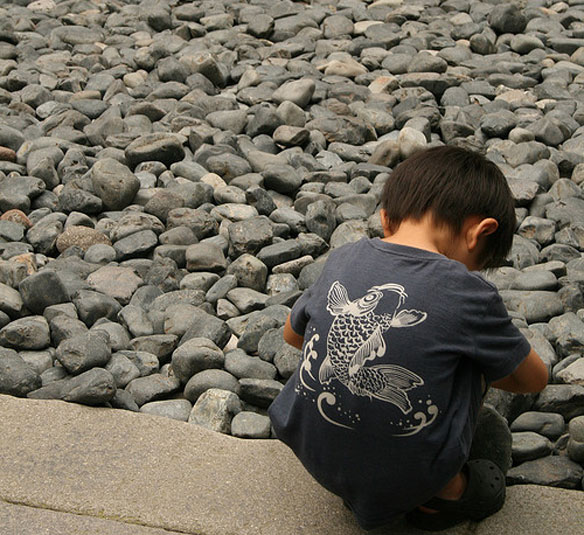
The last time something remotely similar had happened was more than 1,000 years ago and, even in a country that prides itself on its shared cultural memory of the distant past, that event had been largely forgotten. Since that time, much has changed. People and development have sprung up along the coast, along with a string of nuclear reactors. Everything, it seemed, had changed in the intervening millennium, except the ocean…
Midway Atoll Expecting Japan Tsunami Debris Soon
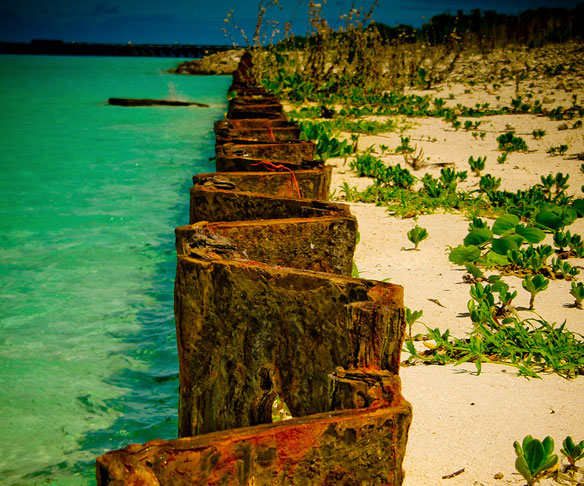
Japanese debris swept into the ocean by last year’s massive earthquake-caused tsunami is still likely a year away from washing up in Hawaii, but people at Midway are expecting some soon. Scientists have deployed hundreds of high-tech devices to help monitor the path of the debris, which could be hazardous to ships, marine life and coastlines.
Fukushima One Year On: Poor Planning Hampered Fukushima Response
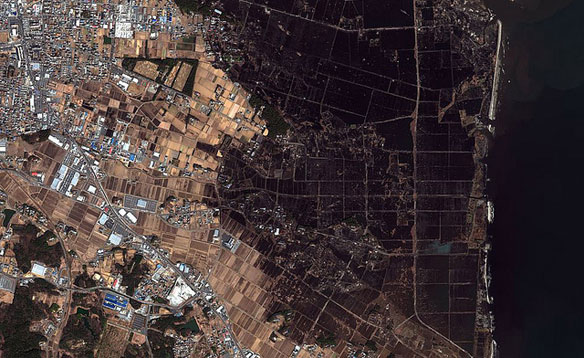
An independent investigation panel has highlighted the country’s failures in disaster planning and crisis management for the accident at the Fukushima Daiichi Nuclear Power Station, following a tsunami that should have been anticipated.
1-5 Percent of Tsunami Debris Could Reach N. America
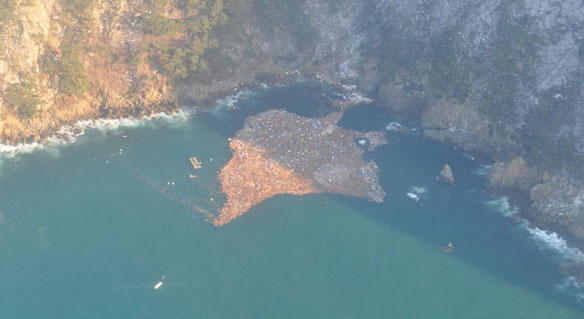
Ocean current expert plans to discuss Tuesday at a news conference, latest estimates for where the 3 to 4 million tons of debris dragged into the ocean by last year tsunami in Japan, is and when it may wash ashore. 20 million to 25 million tons of debris was generated altogether, including what was left on land.
New Study Confirms Low Levels of Fallout from Fukushima
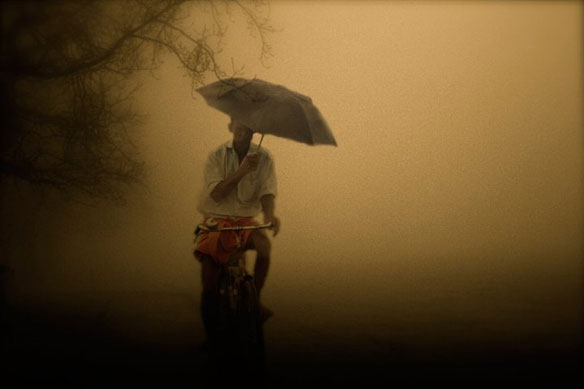
Fallout from the 2011 Fukushima Dai-ichi nuclear power facility in Japan was measured in minimal amounts in precipitation in the United States in about 20 percent of 167 sites sampled in a nationwide study released today. A USGS study.
Japan Clears up Only 5% of Tsunami Rubble
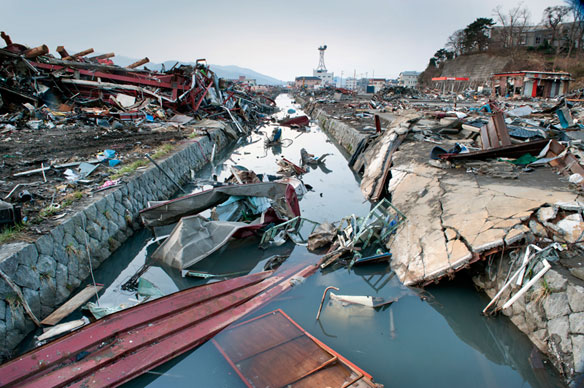
Japan has cleared up just five percent of the rubble left by last year’s earthquake and tsunami, amid fears it has been contaminated following the Fukushima nuclear accident. The disasters which devastated the northeastern coastal communities last year, left almost 23 million tonnes of rubble in the hardest-hit prefectures of Iwate, Miyagi and Fukushima alone.
Japan Firms Plan Wind Farm Near Fukushima

The energy-hungry nation has virtually no natural resources of its own and relied on atomic power for around a third of its electricity before devastating tsunami hit Japan’s coast. Seismic risk at the Fukushima nuclear plant increased after the magnitude 9 earthquake that hit Japan last March, scientists report.
Clues to Tokyo’s Great Quakes Uncovered
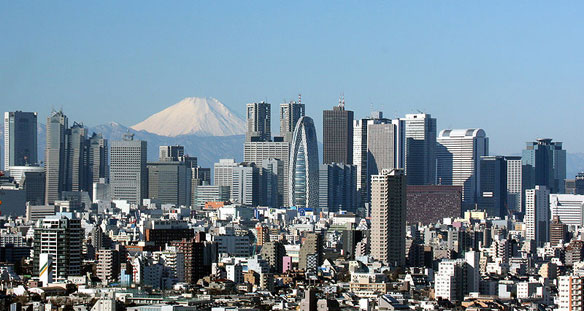
Japan’s Kanto region, which includes the city of Tokyo on the main island of Honshu, is one of the most seismically active areas on Earth. Situated near the triple junction of the Pacific, Philippine and Eurasian plates, the Kanto region lies along the famed Pacific Ring of Fire and has experienced more than its fair share of earthquakes and tsunamis.
Japan’s Nuclear Exclusion Zone Shows Few Signs of Life
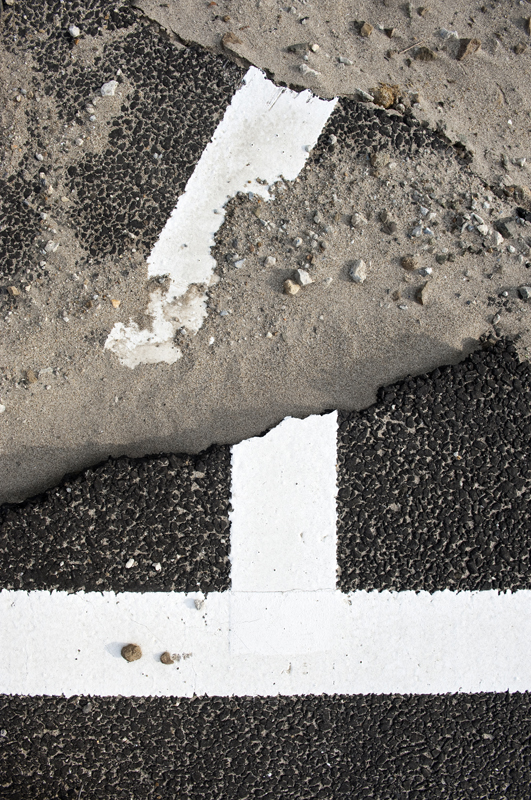
What’s most striking about Japan’s nuclear exclusion zone, is what you don’t see. There are no people, few cars, no sign of life, aside from the occasional livestock wandering empty roads.
